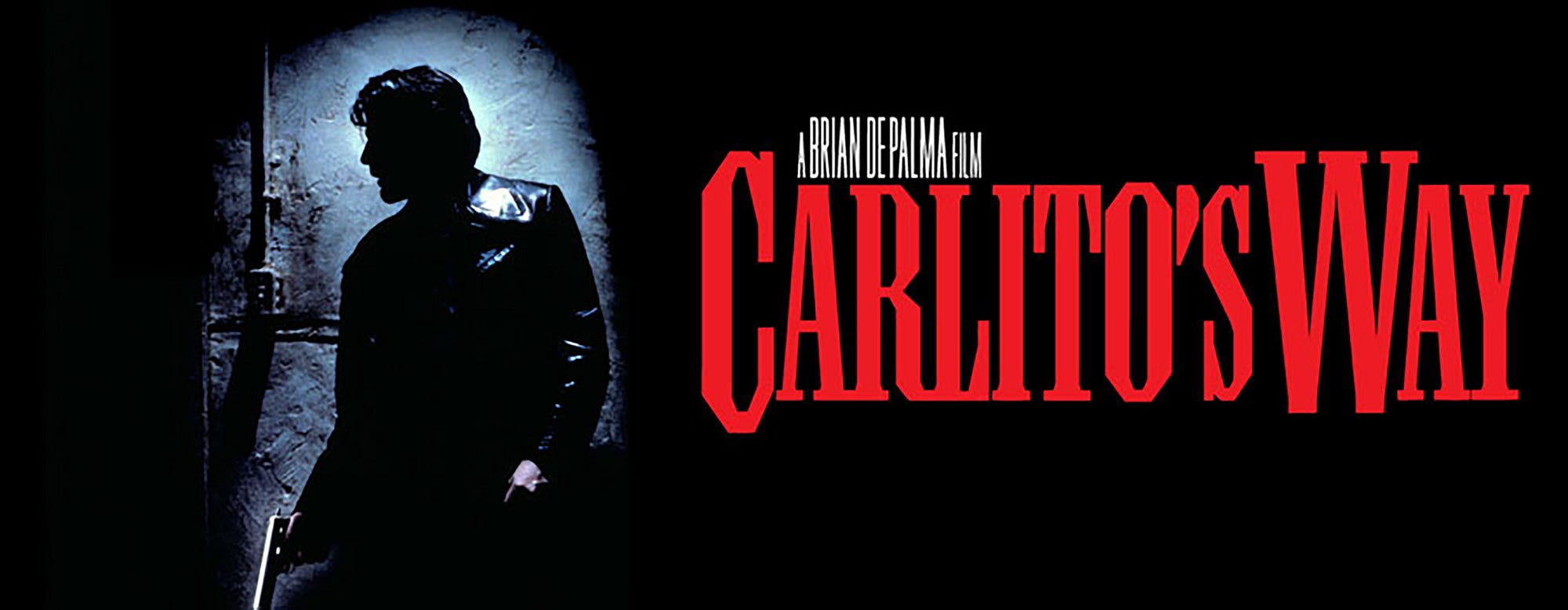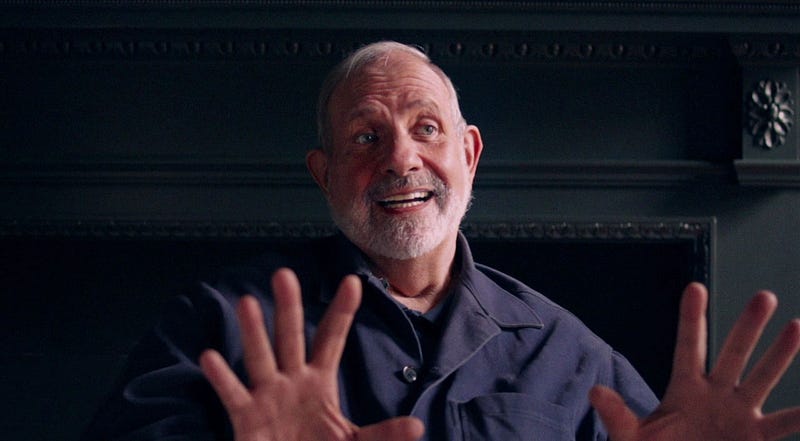
Looking into how one cleverly constructed long take perfectly illustrates Brian De Palma’s extraordinary craftsmanship and his mastery of the visual language.
Your body instinctually moves around when playing a video racing game. You can’t help it. You are leaning left and right, moving with the virtual car in the game.
And almost everyone has tried to lean forward in their cars to get a better look at a road sign, while speeding past on the highway. It makes little sense to the rational mind to lean forward a few inches to get a better glance at a sign, while moving forward a high speed. But we do it anyway.

Why? Because certain visual stimuli make us do it. It’s ingrained in us, as humans. The individual senses are tricked into overruling each other; even though we know we are sitting on our couch playing a racing game, the body leans, because our eyes tell us the car is moving. It’s pure muscle memory.
Director Brian De Palma is a masterful visual storyteller. He knows all the tricks in the book of visual medium, and his gangster opus “Carlito’s Way” from 1993 is a perfect example of this.
The Visual Language
One aspect where “Carlito’s Way” and Brian De Palma’s work excels is in the visual language. From fade in, he is telling us what kind of movie this will be.
He is inviting us into the realm of the story. The entire story you are about to watch is told directly by Carlito (brilliantly played by Al Pacino), laying on the stretcher being rushed to the hospital.
“[..] the first job of any good story is to completely anesthetize the part of our brain that questions how it is creating such a compelling illusion of reality.”
— “Wired for Story” by Lisa Cron
Lost but not forgotten
“I can’t make a better picture than this”
— Brian De Palma (from the “De Palma” documentary)
 Carlito’s Way works perfectly on so many levels. If you want to study the medium of film and see why it is so different from other mediums, this is a perfect example to do so. Every scene is crafted with such care and precision. Nothing is left to chance, and it all works in unison, the action and acting on the screen, the dialogue, the cinematography, the music, the sound, and the editing. When so much care is put into each element, they are all capable of standing on their own but combined, it creates an experience like no other medium can provide.
Carlito’s Way works perfectly on so many levels. If you want to study the medium of film and see why it is so different from other mediums, this is a perfect example to do so. Every scene is crafted with such care and precision. Nothing is left to chance, and it all works in unison, the action and acting on the screen, the dialogue, the cinematography, the music, the sound, and the editing. When so much care is put into each element, they are all capable of standing on their own but combined, it creates an experience like no other medium can provide.Brian De Palma is not credited enough for his skill as a filmmaker. No matter if you regard him as one of the most significant auteurs of the 1970s to 1990s or you see him as a master craftsman capable of surrounding himself with top talent, you have to respect the work that carries his name.

